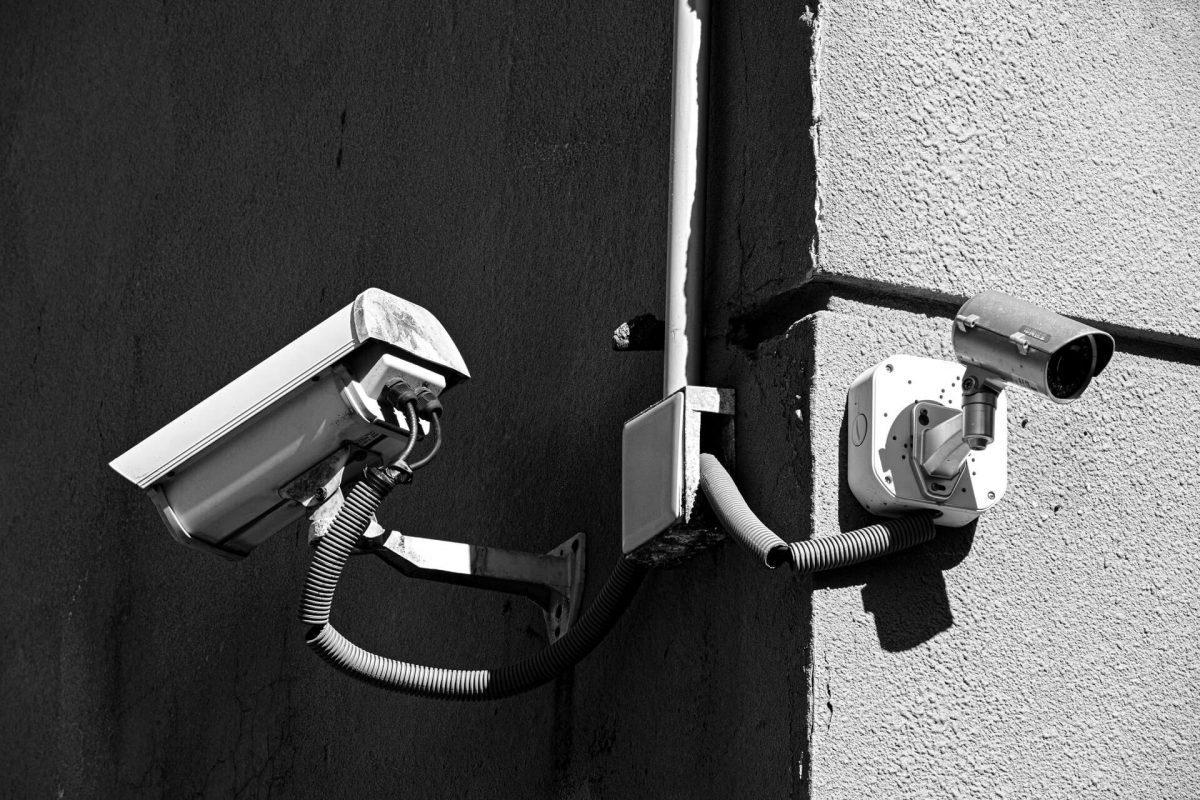
Safe Spaces, Happy Faces: How Employers Benefit When They Prioritise Workplace Security
"A smart camera system has the capability to utilise machine learning and apply AI video analytics to camera footage, tracking things like movements or specific events."
Security cameras have come a long way since the old days of a lonely camera recording with a green screen 2 MP camera. Instead of trying to record a perpetrator entering your site with unauthorised access, you ended up recording a blurry image of a figure silently teleporting across the room as the camera helplessly tries to capture the footage. Not very helpful.
Now CCTV cameras are able to detect individuals and capture movements faster than the human eye. Not just that, they are able to tell the difference between a human and an animal and even identify certain facial expressions.
In this article, we want to show you the power of an intelligent camera system and what investing in one can do for your company.
The difference between a standard camera and one that is intelligent, is that a smart camera system has the capability to utilise machine learning and apply AI video analytics to camera footage, tracking things like movements or specific events.
It does this by scanning through the footage for patterns and then spots anomalies in the recognised patterns. An example of this could be a gate that is usually closed, is then broken into, and left wide open.
There are many features of an intelligent camera system, including footage search, tripwire placement, scene change detection and even smart motion detection. Let’s dive a little deeper into some of these features:
One of the coolest features that AI camera systems allow you to use is virtual tripwire placement and perimeter detection. What this means is that you can mark areas on the field of view of the camera by drawing lines or creating a box and any individual or vehicle that crosses that point will trigger the alarm. You can create the trigger for certain times of the day or night, one direction or the other, or both.
Furthermore, you will then be able to utilise some of the other features those certain cameras contain such as flashing lights, pre-recording voice activation systems and the ability to directly challenge the individuals by a 2-way voice system.
There are many ways in which a virtual tripwire could be used. An example of a common case is:
Protection on construction sites – A construction site that contains a range of valuable machinery will need extra protection to help deter unwanted thieves. Areas that the machines are parked, or materials are stored could be ringfenced. Anyone that enters these areas at night and crosses the virtual tripwires will then trigger an alarm activating the intelligent deterrent sequence.
Here is a video of this in action:
Another great feature that intelligent cameras bring is the ability to search through footage using terms to identify people that were in the footage and locate the exact second of the video that they appear in. That is if you have the smart search option active. The camera will filter through the metadata that it has submitted in the system and then scan for like-matches to help locate the individual.
You can search footage on a range of criteria such as that person’s gender, age range, the colour of the t-shirt that they were wearing and even if they had on glasses at the time. This is incredibly important if you want to locate a specific individual.
There are many scenarios where this feature could come in handy. Some examples include:
Company car break-in – A perpetrator has broken into a worker’s car whilst they are doing overtime, breaking the window, and have taken valuables from the car. You could be able to search through the camera footage using the ‘smart search’ option, locate the individual, submit the footage to the police to which they are able to convict that person and finally file a lawsuit.
Lost bag with laptop inside – If an employee has lost their bag containing a company laptop, you are able to conduct a smart search to be able to see when they had it or not. This means that you do not have to painstakingly go back and search for a missing item frame by frame.
One of the biggest frustrations of old camera systems with alerts is that they pick up on things that trigger any motion…everything. The constant alarms are so exhausting that most just end up turning off the alerts so that they can get some peace. Which then completely defeats the purpose of investing in security.
The reason that these triggers occur is that old camera systems relied entirely on the method of pixel change detection. That is the moment they notice a large number of pixels changing at any given time, they would flag this up as a threat and therefore trigger the alarm. This is also known as a false positive.
Intelligent cameras on the other have the ability to correctly determine humans and vehicles from other things that could potentially trigger false positives such as blowing trees, moving flags, wild animals and believe it or not…raindrops. What’s more, the cameras of today are able to detect people on the screen even if there are multiple moving objects on the screen.
With smart motion detection in-built, intelligent cameras have less than a 2% chance of triggering a false alarm, something that was at 98% before.
As you can see, intelligent AI camera systems can make a huge difference to your security and can mean the difference between catching a perpetrator and being left with stolen goods and expensive damages. If you are looking to secure your business with effective security solutions, get in touch with one of our security experts today to discuss biometric access control, biometric readers, or facial scanners for your business.


